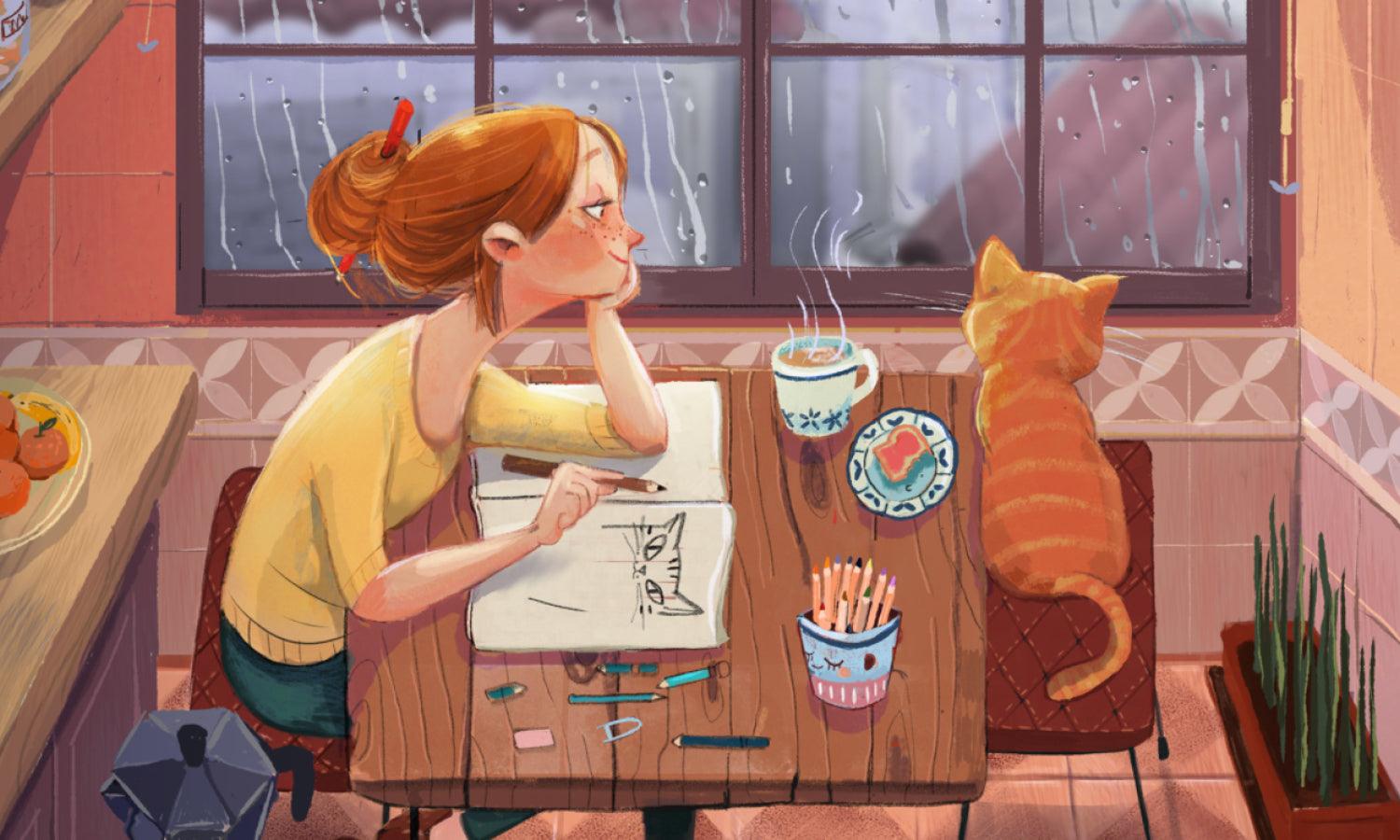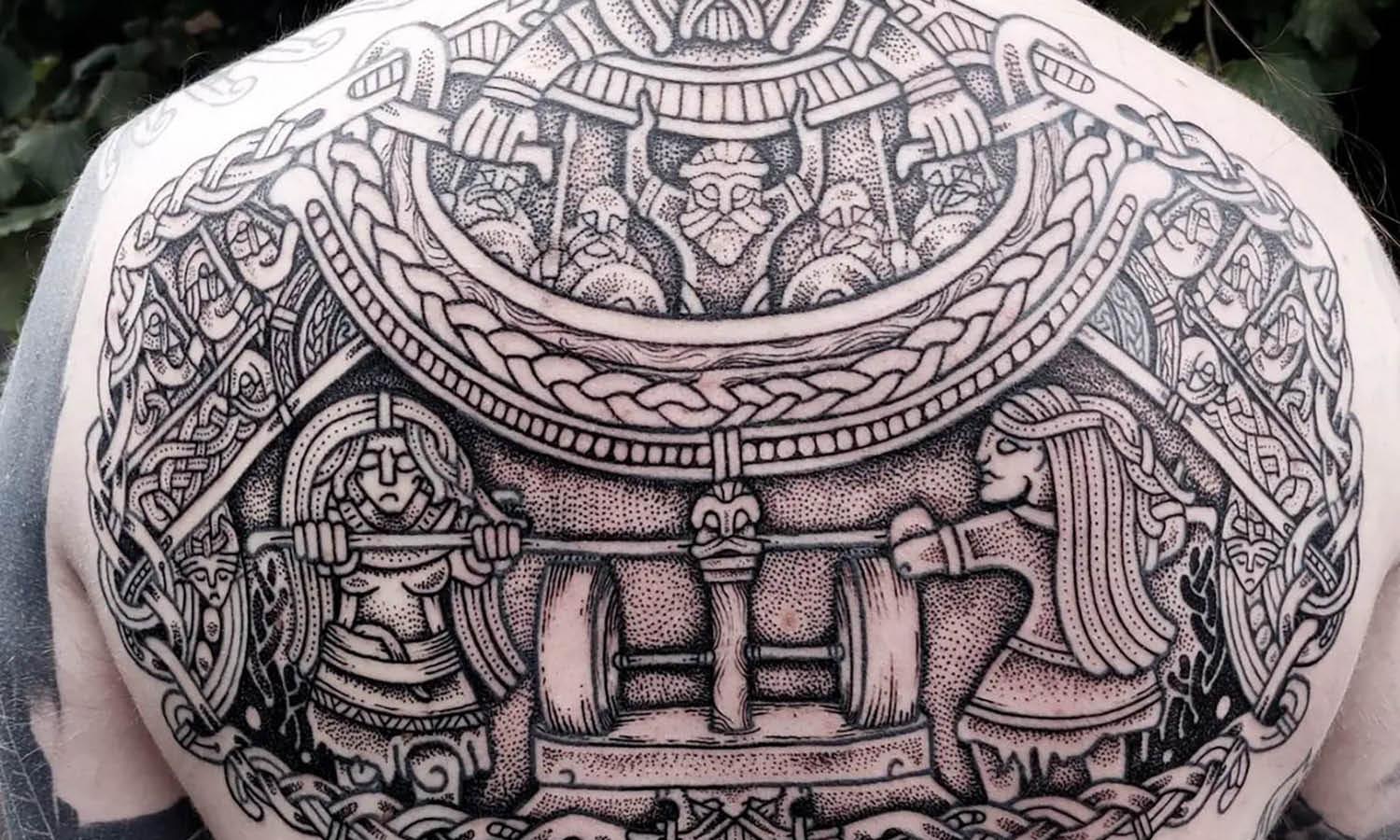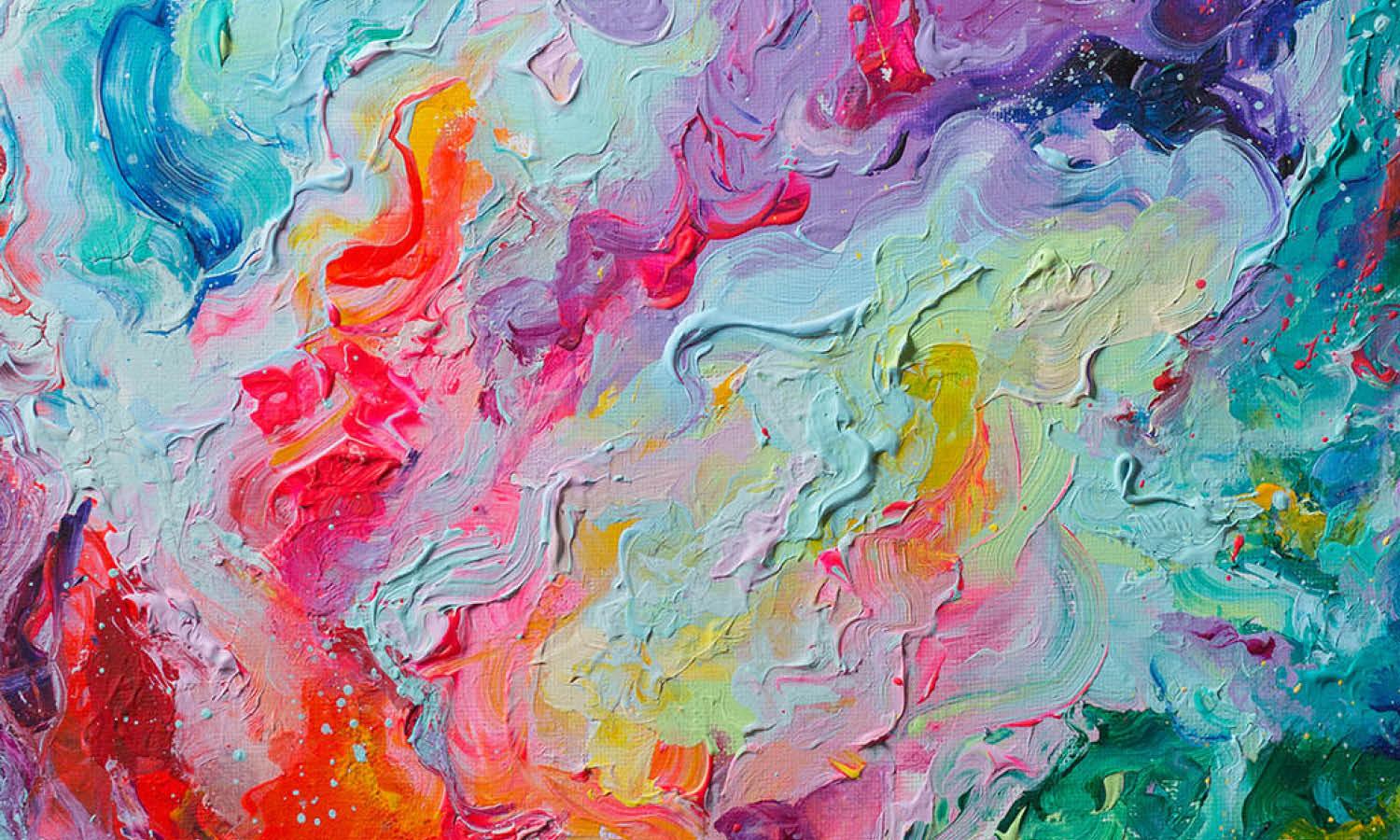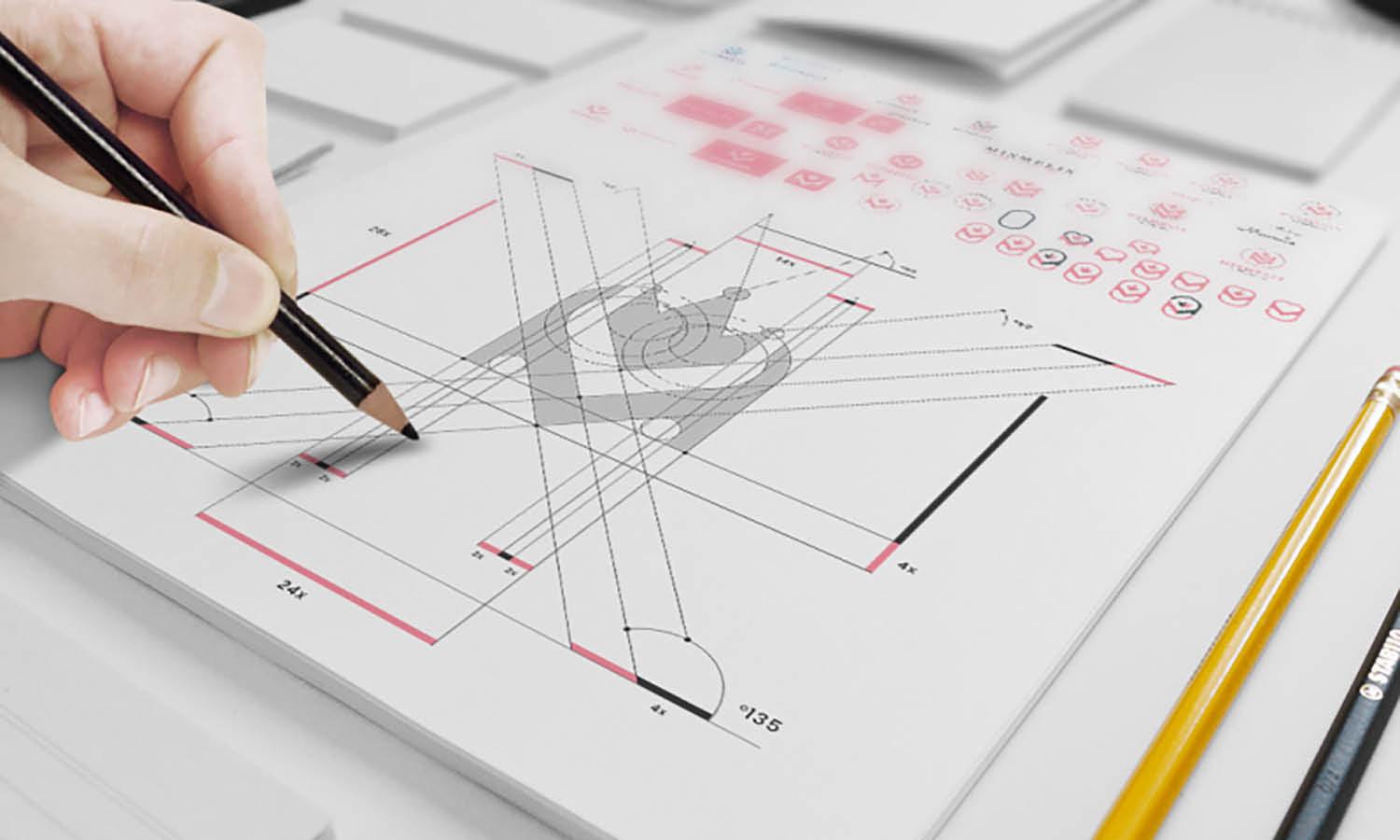Hiroshima Museum of Art, Hiroshima | Art Museum Guide

Source: ひろしま美術館, Hiroshima Museum of Art, Google Maps, https://maps.app.goo.gl/m4MxTFLqneagthVZ8
The Hiroshima Museum of Art, Hiroshima | Art Museum Guide invites visitors into a world where culture, history, and creativity meet in harmony. Established in 1978, this renowned museum stands in the heart of Hiroshima, offering an enriching experience that reflects both international and Japanese artistic achievements. Its mission is to present art as a universal language, providing a space where people from different backgrounds can connect with inspiring works.
Within its thoughtfully designed galleries, the Hiroshima Museum of Art houses a distinguished European collection that spans from the Renaissance to modern movements. Masterpieces by artists such as Monet, Renoir, and Van Gogh are carefully displayed, allowing guests to follow the development of European art over centuries. Alongside these works, the museum proudly showcases Japanese modern paintings, demonstrating how local artists integrated new techniques with cultural traditions.
Visitors are also treated to special exhibitions, educational programs, and a serene garden that surrounds the museum. These elements create an inviting atmosphere, making it a must-visit destination for art lovers and curious travelers. The Hiroshima Museum of Art, Hiroshima | Art Museum Guide stands as a beacon of artistic exchange, celebrating creativity while honoring the city’s spirit of peace and resilience.
Showcases A Rich European Collection
The Hiroshima Museum of Art, Hiroshima | Art Museum Guide introduces visitors to a remarkable selection of European masterpieces. This museum is celebrated for its ability to present a wide range of artworks that trace the development of Western art over several centuries. Upon entering the European collection galleries, guests are greeted by paintings from the Renaissance, Baroque, and Impressionist periods, each carefully curated to reflect major artistic movements.
Among the highlights are works by Claude Monet, Pierre-Auguste Renoir, and Vincent van Gogh, whose vibrant brushwork and color techniques invite closer study. These pieces are complemented by earlier classics from artists who shaped the foundations of European art. Visitors can observe the transitions in style, from detailed religious iconography to the emergence of bold modernist expressions.
The layout of the European collection allows viewers to follow a chronological path. Informative wall texts provide historical context and artist biographies, enriching the viewing experience. This section of the museum offers more than a visual feast; it encourages reflection on cultural exchange and artistic innovation across borders. For travelers exploring the Hiroshima Museum of Art, Hiroshima | Art Museum Guide, this collection remains a cornerstone, drawing art lovers eager to see original works that have inspired generations.
Features Japanese Modern Paintings
The Hiroshima Museum of Art, Hiroshima | Art Museum Guide is equally renowned for its dedicated galleries showcasing Japanese modern paintings. These works illustrate the country’s artistic transformation from the late nineteenth century to the mid-twentieth century, a time when traditional methods blended with new global influences.
Paintings from the Meiji, Taishō, and early Shōwa periods line the walls, revealing how Japanese artists adopted Western oil techniques while preserving native themes and aesthetics. Viewers can admire landscapes rendered with delicate brushwork, portraits that capture subtle emotions, and experimental compositions that signal a shift toward modernism.
This section highlights important figures such as Ryūsei Kishida and Seiji Tōgō, whose contributions shaped the evolution of modern Japanese painting. Their works demonstrate how Japanese art responded to rapid social change while maintaining a strong cultural identity. Interpretive panels provide background on each artist’s approach, allowing visitors to connect the techniques with historical narratives.
The galleries create an intimate environment that encourages slow observation and thoughtful engagement. For those exploring the Hiroshima Museum of Art, Hiroshima | Art Museum Guide, these Japanese modern paintings offer insight into the nation’s artistic dialogue with the world. This section stands as a bridge between tradition and modernity, making it a significant highlight for any visitor interested in Japan’s cultural heritage.
Designed With Elegant Architecture
The Hiroshima Museum of Art, Hiroshima | Art Museum Guide draws admiration not only for its remarkable collections but also for its refined architectural design. The museum building presents a calm and inviting presence within the city’s cultural district, using clean lines and natural materials to harmonize with the surrounding landscape. Its exterior features soft tones and subtle detailing, creating an approachable and serene impression for visitors.
Inside, the architectural layout is carefully planned to guide guests through a seamless journey. Wide corridors, high ceilings, and generous gallery spaces provide a sense of openness that enhances the viewing of each artwork. Large windows and carefully placed skylights introduce natural light, giving many exhibits a warm glow that changes throughout the day. This thoughtful use of light allows paintings and sculptures to be appreciated in conditions that resemble their original settings.
The design also emphasizes comfort and accessibility. Clear pathways, gentle transitions between sections, and resting areas encourage unhurried exploration. Each gallery is arranged to minimize distractions, ensuring that the focus remains firmly on the art itself. For many, the architecture becomes part of the museum experience, reinforcing the calm and reflective atmosphere that defines the Hiroshima Museum of Art, Hiroshima | Art Museum Guide. It is a space where visitors feel welcomed and inspired by both the building and the treasures it protects.
Includes A Peaceful Garden
The Hiroshima Museum of Art, Hiroshima | Art Museum Guide is complemented by a beautifully maintained garden that surrounds the museum complex. This garden offers a tranquil environment that contrasts with the vibrant city streets just beyond its gates. Visitors can stroll along carefully designed pathways, framed by seasonal plants that transform the space throughout the year.
In spring, blooming flowers add color and fragrance, while summer brings lush greenery that provides shade and calm. Autumn highlights brilliant foliage, and winter offers a serene simplicity with evergreens and subtle textures. Benches are thoughtfully placed throughout the garden, inviting guests to sit, reflect, or sketch the scenery.
The garden’s design reflects traditional Japanese landscaping principles while incorporating modern touches that harmonize with the museum’s architecture. Sculptures and artful stone arrangements are integrated into the outdoor space, creating visual points of interest even before entering the galleries. This outdoor area serves as both a prelude and a conclusion to the museum visit, allowing visitors to transition smoothly between the urban environment and the contemplative world of art.
For travelers exploring the Hiroshima Museum of Art, Hiroshima | Art Museum Guide, the garden offers more than just beauty. It provides a setting to pause, refresh the mind, and absorb the cultural significance of the museum as a whole. This peaceful retreat enriches the overall experience and leaves a lasting impression.
Accessible For All Visitors
The Hiroshima Museum of Art, Hiroshima | Art Museum Guide emphasizes creating an environment where every visitor feels welcome and comfortable. Accessibility is a priority throughout the museum, ensuring that individuals of all abilities can fully enjoy the galleries and facilities. The entrances are equipped with gentle ramps and automatic doors, allowing easy access for wheelchair users and families with strollers.
Inside, spacious pathways and open layouts make it simple to navigate from one exhibition hall to another without obstruction. Elevators connect each floor, providing alternatives to stairs and ensuring that upper levels are accessible to all guests. Seating areas are thoughtfully positioned throughout the museum, giving visitors a chance to rest and reflect while exploring extensive collections.
Clear signage in multiple languages guides guests to exhibitions, restrooms, and amenities. Staff members are available to offer assistance, whether that involves providing directions, explaining exhibit details, or accommodating special needs. For those with hearing impairments, informational materials and certain programs are adapted to provide equal engagement opportunities.
This commitment to accessibility extends beyond physical design, reflecting the museum’s mission to make art appreciation inclusive and enjoyable. The Hiroshima Museum of Art, Hiroshima | Art Museum Guide demonstrates that cultural spaces can be thoughtfully planned to serve a wide and diverse audience without compromising the quality of the experience.
Highlights Hiroshima’s Artistic Legacy
The Hiroshima Museum of Art, Hiroshima | Art Museum Guide proudly showcases the city’s deep cultural roots and evolving artistic narrative. Since its opening in 1978, the museum has played a vital role in preserving and celebrating Hiroshima’s creative spirit. Within its galleries, visitors can explore how local art movements intertwined with broader global trends, resulting in a unique dialogue between Japanese traditions and Western influences.
The museum’s collection includes significant works by Japanese artists who shaped the modern art scene in the early twentieth century. These pieces illustrate how Hiroshima’s artists embraced new techniques while honoring their heritage. Exhibitions often highlight how the city’s art community rebuilt itself after the devastating events of the mid-twentieth century, using creativity as a bridge toward healing and cultural identity.
This commitment to heritage extends beyond paintings and sculptures. The museum regularly features historical context panels and archives that help visitors appreciate the connection between the art on display and Hiroshima’s story. For many guests, this narrative adds a deeper meaning to each piece, turning a gallery visit into a journey through resilience and innovation. The Hiroshima Museum of Art, Hiroshima | Art Museum Guide continues to stand as a testament to the city’s dedication to art as both memory and legacy.
Focuses On Art That Embraces Humanity
The Hiroshima Museum of Art, Hiroshima | Art Museum Guide is guided by a philosophy that art should uplift and connect people. Its carefully curated collection embodies themes of love, peace, and human dignity, creating a space where visitors feel inspired and reflective.
In its Western art section, paintings by masters such as Monet, Renoir, and Van Gogh convey universal emotions through light, color, and form. These works are complemented by Japanese modern art that blends traditional motifs with contemporary perspectives, revealing a shared human experience despite cultural differences.
The museum’s thematic displays invite viewers to contemplate the values of compassion and unity. Curators often design exhibitions that encourage emotional engagement, reminding audiences that art can transcend time and language. This approach makes the galleries not only visually captivating but also spiritually enriching.
Educational initiatives further reinforce this focus on humanity. Lectures and workshops highlight how artists respond to social change, illustrating how creativity reflects empathy and resilience. Visitors of all ages gain insight into how art mirrors life’s challenges and triumphs.
By centering its mission on human connection, the Hiroshima Museum of Art, Hiroshima | Art Museum Guide stands as more than a repository of masterpieces. It is a cultural haven where art becomes a bridge linking past, present, and future through the universal language of the heart.
Provides A Relaxing Café Experience
The Hiroshima Museum of Art, Hiroshima | Art Museum Guide offers more than just inspiring galleries; it also provides visitors with a serene café experience that complements the artistic journey. Nestled within the museum grounds, the café features a warm and inviting atmosphere, perfect for unwinding after exploring the exhibits. Large windows allow natural light to fill the space while offering calming views of the surrounding gardens and architecture.
Guests can choose from a thoughtful menu that includes aromatic coffees, specialty teas, and a selection of light snacks and desserts. Seasonal treats often reflect local flavors, giving visitors a taste of Hiroshima’s culinary culture while they relax. The café’s seating is designed for comfort, with quiet corners for those who wish to reflect on the artworks they’ve seen, as well as communal tables for groups to discuss their experiences.
Many visitors appreciate the café as a place to pause and absorb the emotional impact of the museum’s collection. It also serves as a convenient meeting point for friends and family exploring the museum together. By blending art appreciation with moments of calm, the Hiroshima Museum of Art, Hiroshima | Art Museum Guide ensures that every guest enjoys a balanced and enriching visit.
Maintains A Well-Curated Museum Shop
The Hiroshima Museum of Art, Hiroshima | Art Museum Guide also highlights the charm and variety of its well-curated museum shop. Located conveniently near the main entrance, the shop provides visitors with an array of art-inspired merchandise and unique souvenirs that reflect the museum’s collections.
Shelves are stocked with high-quality art books, exhibition catalogs, and beautifully designed postcards, offering a chance to extend the learning experience beyond the galleries. Visitors can browse through prints and reproductions of celebrated works by European masters and Japanese modern artists, making it possible to take home a visual memory of favorite pieces.
The shop also showcases locally crafted items, including ceramics, textiles, and stationery, which connect guests to Hiroshima’s artistic community. Many of these products are exclusive to the museum, providing one-of-a-kind finds that cannot be purchased elsewhere. Seasonal items and limited-edition collaborations often surprise returning visitors with fresh selections.
Careful attention is given to product presentation, with displays arranged to reflect the museum’s aesthetic. Staff members are knowledgeable and eager to help, offering recommendations for gifts or keepsakes that suit different interests and budgets.
For those exploring the Hiroshima Museum of Art, Hiroshima | Art Museum Guide, the museum shop is more than a retail space. It serves as a thoughtful extension of the museum’s mission, allowing guests to bring a piece of their cultural journey home while supporting artists and the institution itself.
Gift Shop With Exclusive Art Items
The Hiroshima Museum of Art, Hiroshima | Art Museum Guide enhances the museum experience through its carefully curated gift shop. Located near the exit, the shop invites visitors to take a piece of their journey home. It features an impressive range of art-inspired items, many of which are exclusive to the museum and not found elsewhere.
Visitors will find beautifully crafted postcards, prints, and art books that highlight both the museum’s permanent collection and special exhibitions. High-quality reproductions of works by Monet, Renoir, and prominent Japanese artists allow guests to celebrate their favorite pieces long after their visit. The shop also offers limited-edition items, such as handcrafted accessories, ceramics, and stationery designed by local artisans.
Beyond collectibles, the gift shop serves as a bridge between the museum and the community, promoting local talent through collaborations and unique product lines. Many of the items are accompanied by thoughtful descriptions, providing context and stories behind the art or artist.
Whether you are searching for a meaningful souvenir, a memorable gift, or simply a keepsake that reflects the museum’s spirit, the shop offers something for every art enthusiast. The Hiroshima Museum of Art, Hiroshima | Art Museum Guide ensures that each item carries the museum’s essence of culture, creativity, and peace.
Conclusion
The Hiroshima Museum of Art, Hiroshima | Art Museum Guide stands as a remarkable destination that blends art, history, and cultural reflection. From its renowned collections of Western and Japanese masterpieces to its serene café and thoughtfully curated gift shop, the museum offers visitors an enriching and memorable experience. Each gallery and program reflects the city’s dedication to peace and creativity, inviting guests to explore works that transcend time and tradition. Whether you are an art enthusiast or a casual traveler, the Hiroshima Museum of Art, Hiroshima | Art Museum Guide provides an inspiring journey through beauty and humanity.
Let Us Know What You Think!
Every information you read here are written and curated by Kreafolk's team, carefully pieced together with our creative community in mind. Did you enjoy our contents? Leave a comment below and share your thoughts. Cheers to more creative articles and inspirations!
















Leave a Comment